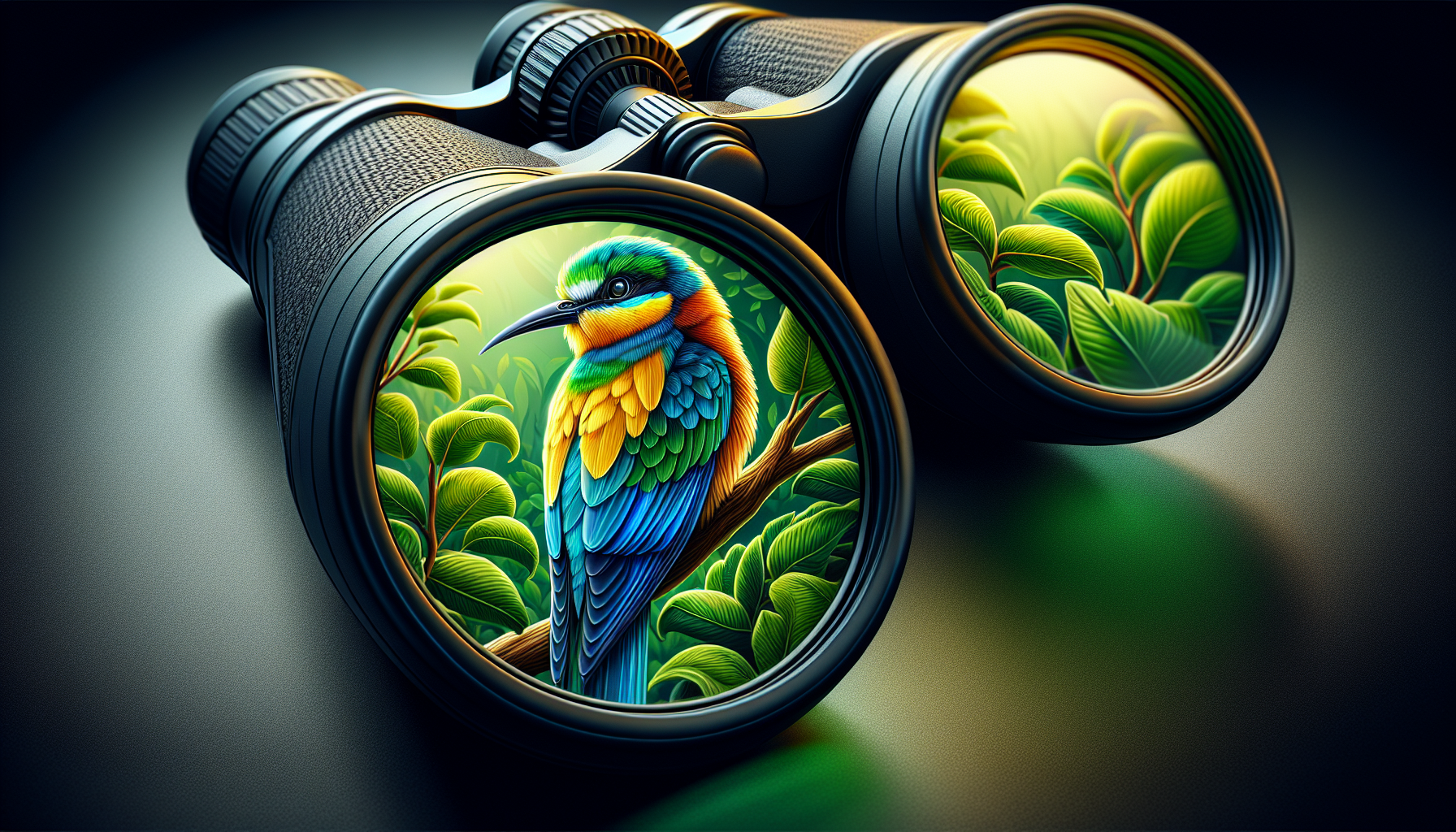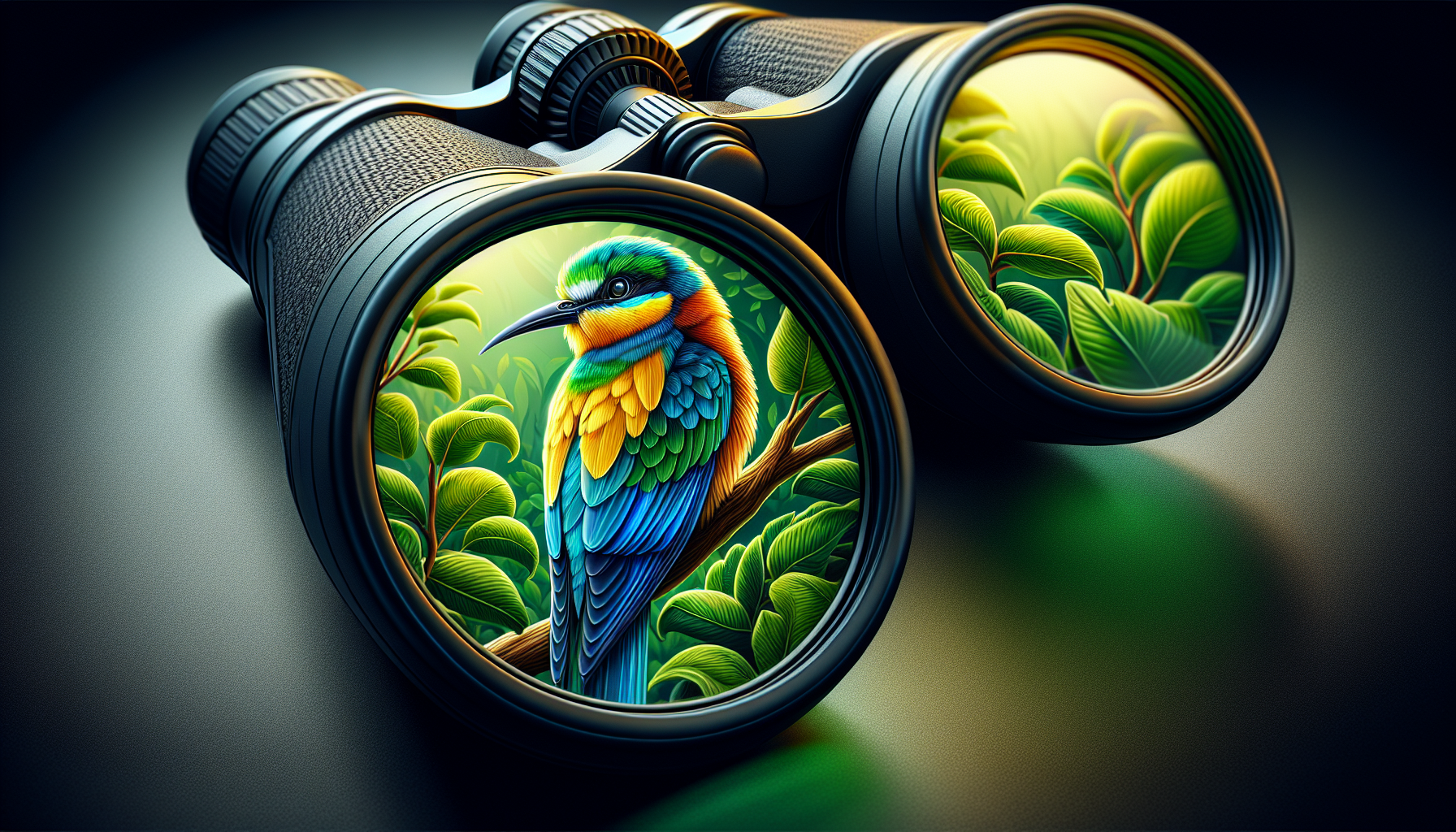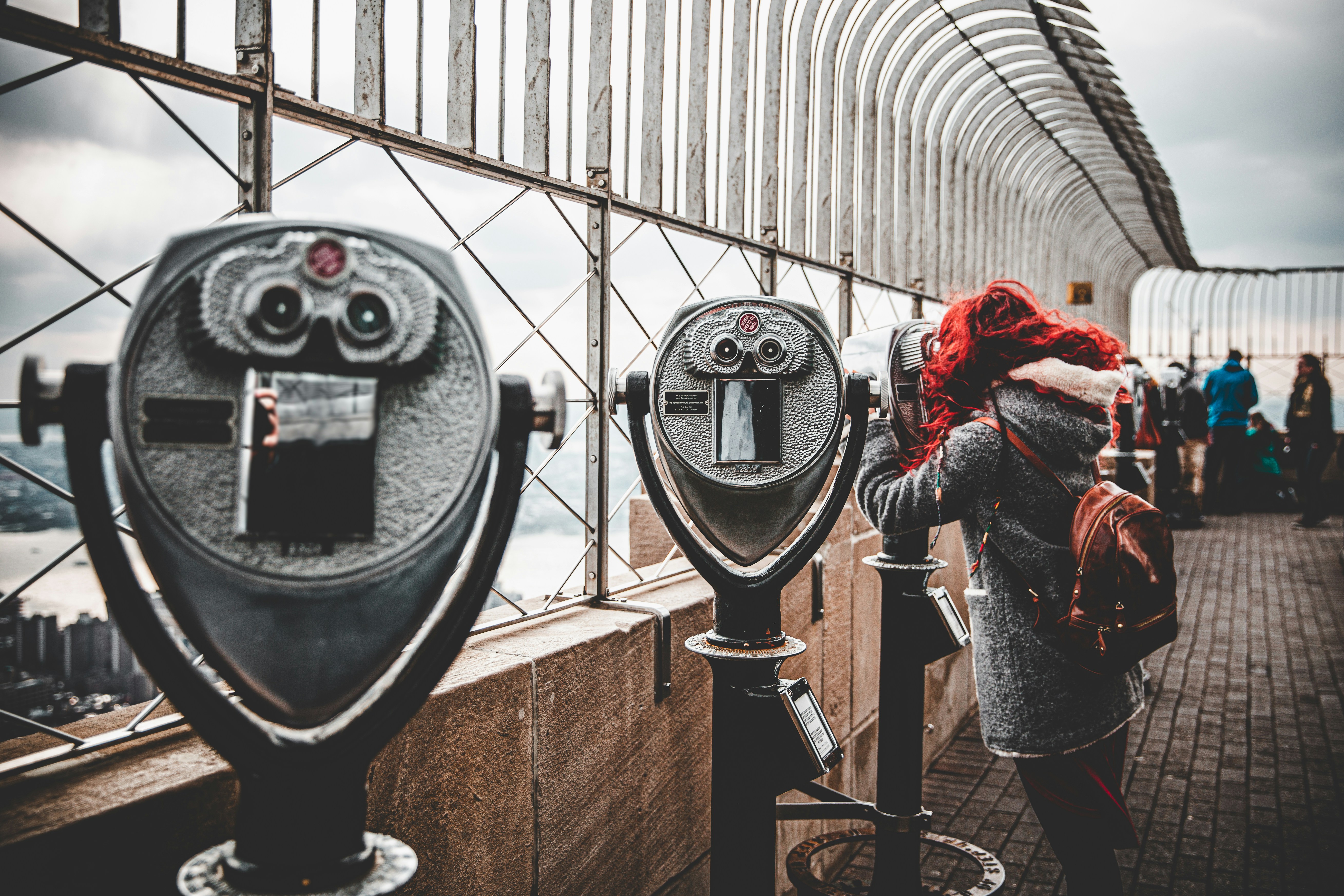If you’re new to birding and finding yourself overwhelmed by the vast array of binocular options, fear not! We’re here to help you navigate this exciting world. In this article, we will explore the elusive answer to the question, “What is the best binocular magnification range for beginners in birding?” By providing valuable insights and expert advice, we aim to equip you with the knowledge to make an informed decision and enhance your birding experience. So, grab your binoculars and let’s embark on this fascinating journey together!
Understanding Magnification in Binoculars
What is binocular magnification?
Binocular magnification refers to the increase in the apparent size of an object that occurs when viewing it through binoculars. It is indicated by a number followed by “x” (e.g., 8x, 10x, etc.), which represents how many times larger the object appears compared to viewing it with the naked eye. In simple terms, higher magnification means that objects will appear closer and larger when viewed through the binoculars.
How magnification influences the clarity of the image
While it might seem logical to assume that higher magnification always leads to a clearer image, that is not necessarily the case. Magnification alone does not determine the quality of the image. It is influenced by other factors, such as the quality of the binoculars’ lenses and prisms.
Higher magnification can make the image appear closer and larger, but it also amplifies any hand movements or shakes, making it more challenging to achieve a steady view. Additionally, higher magnification reduces the field of view, meaning you see a smaller portion of the scene at once. This can make it harder to locate and track birds quickly.
On the other hand, lower magnification offers a wider field of view, making it easier to spot and follow birds. It also tends to provide a more stable image since slight hand movements are less noticeable at lower magnifications. Therefore, the optimum magnification for birding depends on various factors, including the experience level of the birder and the specific birding conditions.
The Importance of Magnification in Birding
Bird identification and magnification
One of the primary purposes of using binoculars in birding is to help identify birds based on their visual characteristics. Magnification plays a crucial role in this process. By bringing distant birds closer, binoculars allow birders to observe and study their intricate details, such as plumage patterns, colors, and behaviors. This is especially important when trying to differentiate between similar-looking bird species where subtle details can be the key to accurate identification.
Effects of using binoculars in bird observation
Using binoculars in bird observation enhances the overall birding experience. It allows birders to appreciate the beauty and behavior of birds in greater detail and provides the opportunity to observe birds that may be difficult to see with the naked eye. Binoculars also enable birders to observe birds while maintaining a respectful distance, minimizing disturbance to the birds and their habitats.
Additionally, binoculars make it possible to enjoy birding in various environments, such as forests, wetlands, and open fields, where birds may be perched or flying at different distances. The ability to adjust the magnification allows birders to adapt to these varying conditions and capture the best views of birds in their natural habitats.
Commonly Used Binocular Magnification Ranges
Lower range magnifications
Lower magnification ranges, typically around 6x and 7x, are ideal for beginners in birding. The lower magnification provides a wider field of view, making it easier to locate birds and follow them in flight. This is especially beneficial for beginners who are still honing their observation and tracking skills.
Medium range magnifications
Medium range magnifications, such as 8x and 10x, are widely used by birders of all experience levels. They strike a balance between magnification power and field of view, allowing birders to observe birds with reasonable detail while still having a relatively wide view of the surrounding area. These magnifications are versatile and suitable for various birding situations.
Higher range magnifications
Higher magnification ranges, such as 12x and 15x, provide a substantial increase in detail and allow birders to observe birds with extraordinary close-up views. However, they come with some trade-offs. Higher magnification reduces the field of view significantly, making it more challenging to quickly locate and track birds. Additionally, higher magnification amplifies hand movements, making it harder to achieve a steady view. These magnifications are generally recommended for experienced birders or specific birding scenarios where close-up views are essential.
Considerations in Choosing Binocular Magnification for Birding
Size and weight of the binoculars
When selecting the magnification for birding, it is crucial to consider the size and weight of the binoculars. Higher magnification typically comes with larger and heavier binoculars. While they may offer superior detail, they can also be more challenging to carry and use for extended periods, especially during long birding trips. Beginners may find it more comfortable to start with lighter and more compact binoculars without compromising too much on magnification.
Zoom-in feature
Some binoculars come with a zoom-in feature that allows for variable magnification. While this may seem appealing at first, it is worth noting that zoom-in binoculars often sacrifice image quality and brightness compared to fixed magnification binoculars. Beginners are usually better off with binoculars that offer a fixed magnification option for a more consistent and reliable viewing experience.
Field of view requirement
Consider the type of birding you plan to pursue and the environments you will frequent. If you enjoy birding in vast open spaces or observing birds in flight, a wider field of view provided by lower magnifications may be more suitable. However, if you primarily observe perched birds or require detailed close-up views, higher magnifications may be preferred.
Focus adjustment ease
Different magnifications may affect the ease of focus adjustment. Lower magnification binoculars generally have a larger depth of field, allowing for quicker and easier focusing. Higher magnification binoculars, on the other hand, may require more precise adjustments due to their narrower depth of field. Consider your comfort level with focus adjustments and choose a magnification that allows for smooth and effortless focusing.
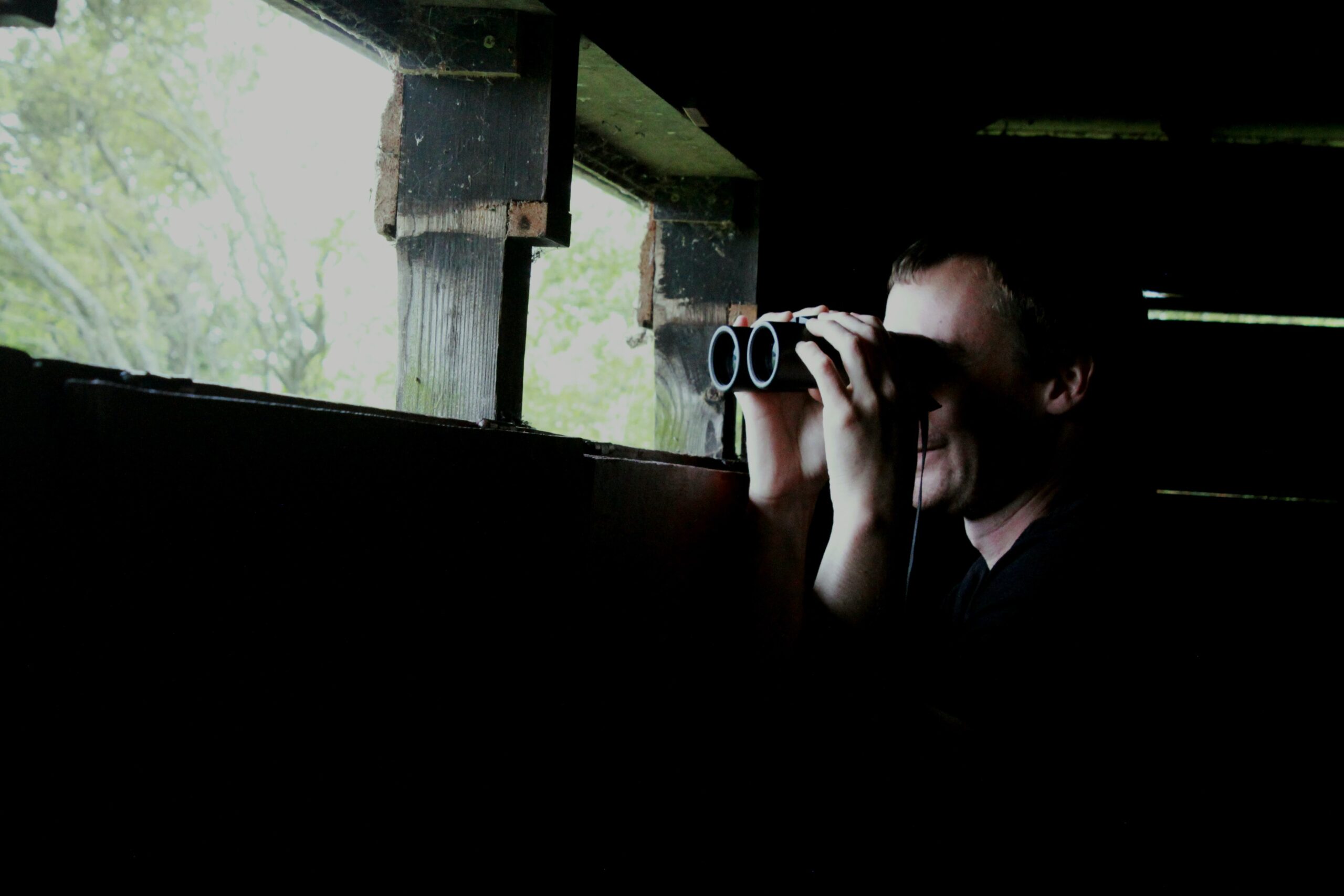
Pros and Cons of Lower Magnification (6x, 7x)
Pros of lower range magnifications for beginners
- Wider field of view for easier bird spotting and tracking
- More forgiving of hand movements, providing a more stable view
- Generally lighter and more compact, making them easier to carry
Cons of lower range magnifications for beginners
- Less detail and close-up views compared to higher magnifications
- Limited effectiveness in situations where birds are distant or in flight
- May struggle to distinguish subtle differences between similar bird species
Pros and Cons of Medium Magnification (8x, 10x)
Advantages of medium range magnifications for beginners
- Good balance between detail and field of view
- Versatile for various birding environments and scenarios
- Suitable for both spotting perched birds and observing birds in flight
Drawbacks of medium range magnifications for beginners
- Slight reduction in field of view compared to lower magnifications
- May require steadier hand-holding technique for optimal viewing experience
- Higher magnification can amplify slight hand movements if not held steady
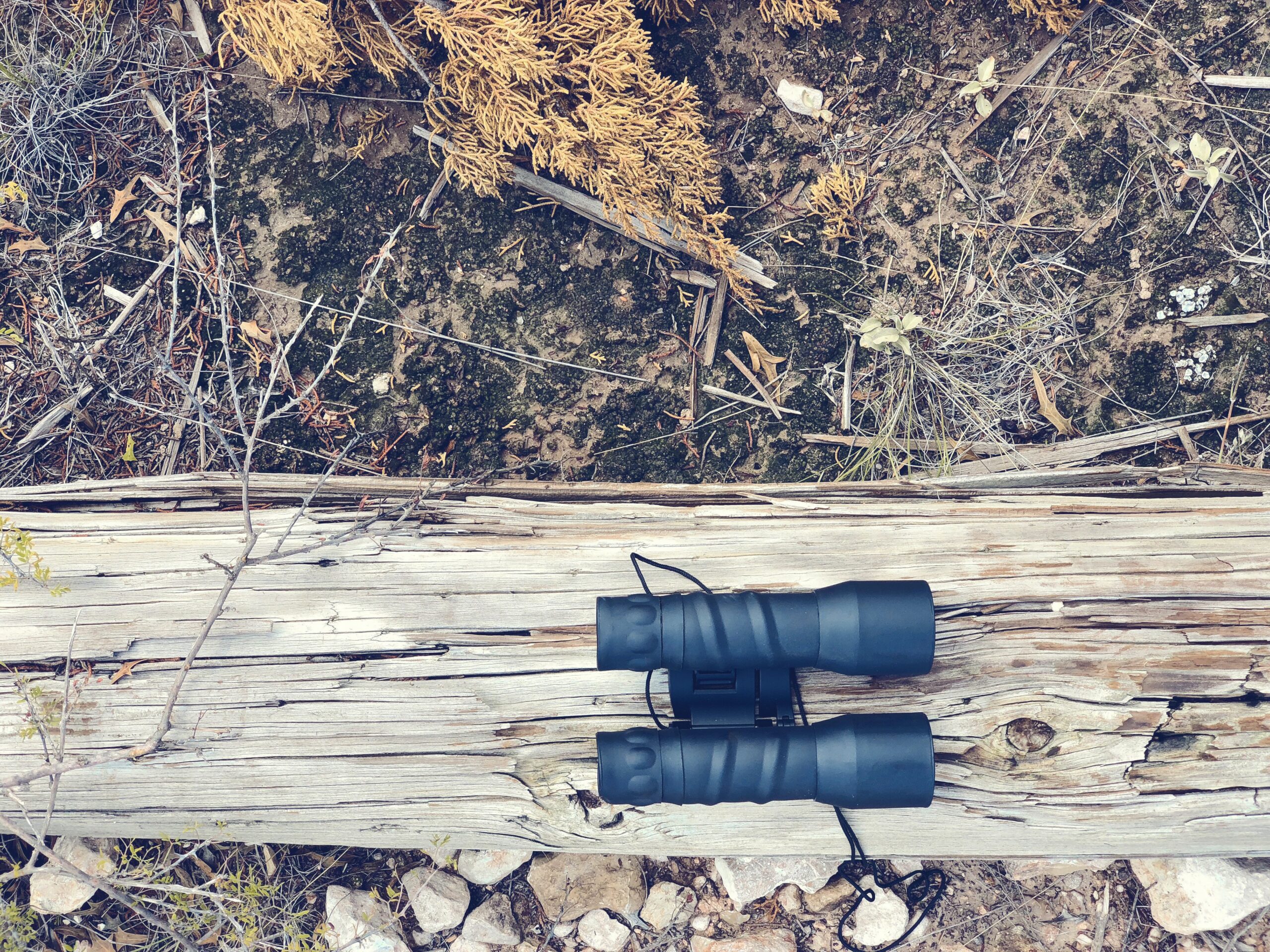
Pros and Cons of Higher Magnification (12x, 15x)
Benefits of higher range magnifications for beginners
- Exceptional detail and close-up views of birds
- Useful for specialized birding situations or when detailed observation is crucial
- Can observe birds at greater distances without disturbing them
Disadvantages of higher range magnifications for beginners
- Significant reduction in field of view, making it harder to locate and track birds
- Increased sensitivity to hand movements and shakes, requiring steadier hand-holding technique or tripod use
- Larger and heavier binoculars, which may be less comfortable for extended use
Recommendations for Beginners in Birding
Recommended magnification range for beginners
For beginners in birding, a magnification range of 8x or 10x is often recommended. These magnifications strike a balance between detail and field of view, allowing beginners to observe birds with reasonably good clarity while still having a wide enough view to locate and track birds effectively.
Popular binocular brands and models for beginners
Some well-regarded binocular brands for beginners in birding include Nikon, Canon, Vortex, and Celestron. Specific models like Nikon Prostaff 8×42, Canon IS Image Stabilized 10×30, Vortex Diamondback 8×42, and Celestron Nature DX 8×42 are frequently recommended for their quality optics, durability, and value for money.
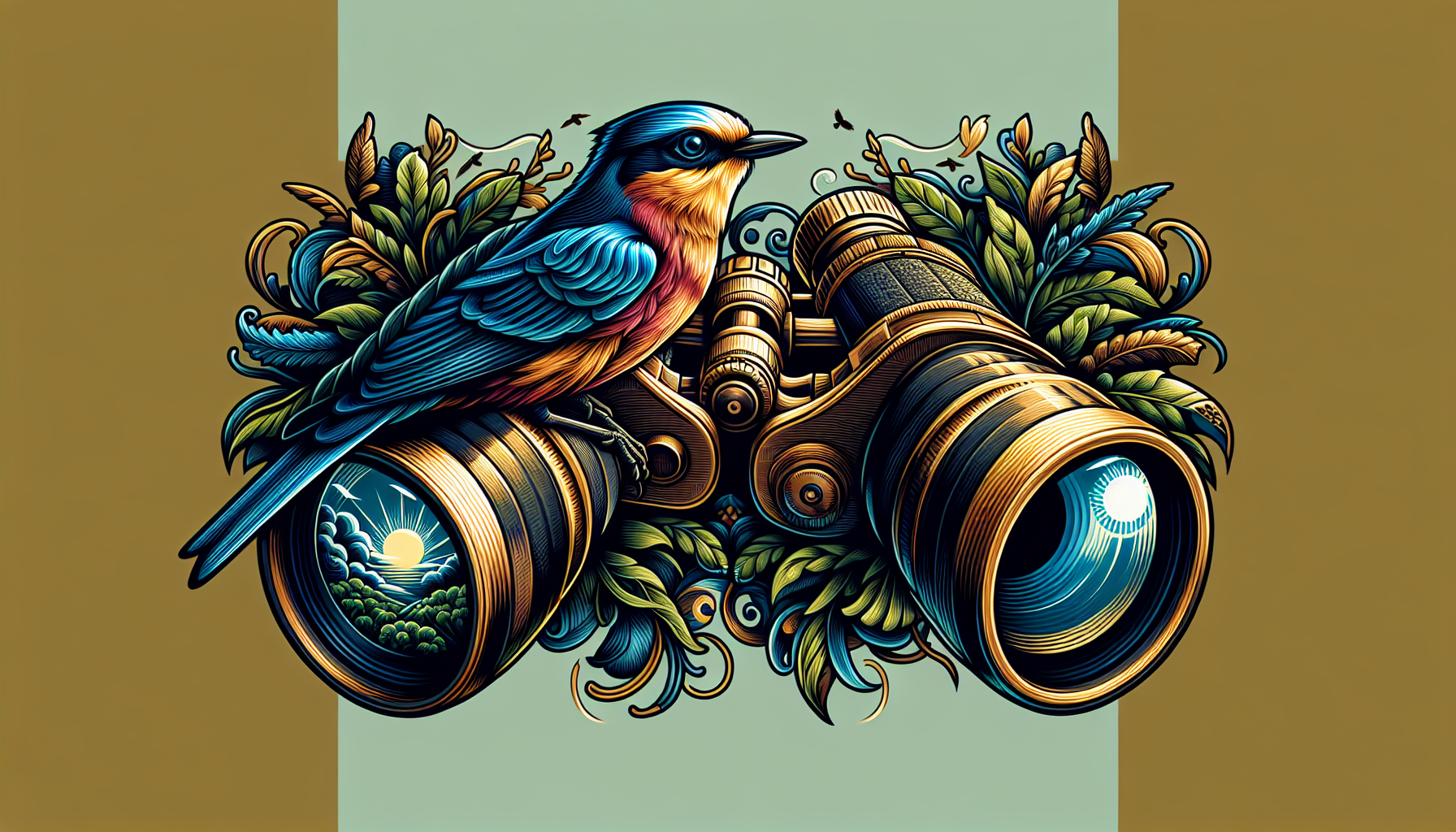
Advanced Binocular Features for Birding
Waterproof and fog-proof features
When investing in binoculars for birding, consider models that offer waterproof and fog-proof features. These features protect the binoculars from moisture, ensuring they remain functional and clear even in wet or humid conditions. Waterproof and fog-proof binoculars are essential for birders who frequently bird in coastal areas, rainforests, or during early mornings when dew is present.
Image stabilization feature
Image stabilization technology is another advanced feature to consider, especially if you prefer higher magnification binoculars. This feature compensates for hand movements and shakes, resulting in a more stable image. Image stabilized binoculars can greatly enhance the viewing experience, particularly when observing birds at longer distances or when holding the binoculars for extended periods.
Objective lens diameter and its impact
The objective lens diameter is denoted by the second number in the binocular specifications, such as 8×42 or 10×30. A larger objective lens diameter allows more light to enter the binoculars, resulting in brighter images, better color reproduction, and improved low-light performance. However, larger objective lenses also make the binoculars heavier, so it is essential to strike a balance between image quality and comfort.
Tips to Maximize the Use of Birding Binoculars
Proper uses of birding binoculars
To make the most of your birding binoculars, hold them steadily by supporting your elbows against your body or using a tripod if necessary. Practice adjusting the focus quickly so you can react to birds’ movements. Take your time to observe birds and appreciate their behavior and details. Use the wider field of view to scan your surroundings for bird activity, and use the higher magnification when you need to focus on specific birds or details.
Maintaining birding binoculars
Keep your birding binoculars clean and free from dust, dirt, and smudges. Use a lens cleaning cloth or tissue to gently wipe the lenses, and avoid touching them with your fingers. Store the binoculars in a protective case when not in use to prevent damage. Regularly check and clean the eyecups and focus wheel to ensure smooth operation. If the binoculars are waterproof, rinse them with fresh water after use in dusty or salty environments.
Improving birding skills with binoculars
Practice using your binoculars regularly to improve your birding skills. Start with familiar birds in your backyard or local park, and gradually challenge yourself with more elusive or distant species. Try to observe birds in different environments, such as forests, wetlands, or urban areas, to hone your identification and observation skills. Joining birding groups or participating in birding events can also provide valuable opportunities to learn from experienced birders and enhance your overall birding experience.
In conclusion, choosing the right magnification for birding is crucial to ensure an enjoyable and rewarding birding experience. Beginners should consider factors such as field of view, weight, and ease of use when selecting the magnification range. A range of 8x or 10x is often recommended, striking a balance between detail and view. Additionally, advanced features such as waterproofing, image stabilization, and objective lens diameter can further enhance the birding experience. With the right magnification and proper techniques, birders can fully immerse themselves in the fascinating world of birds, appreciating their beauty and behavior while contributing to their conservation.
